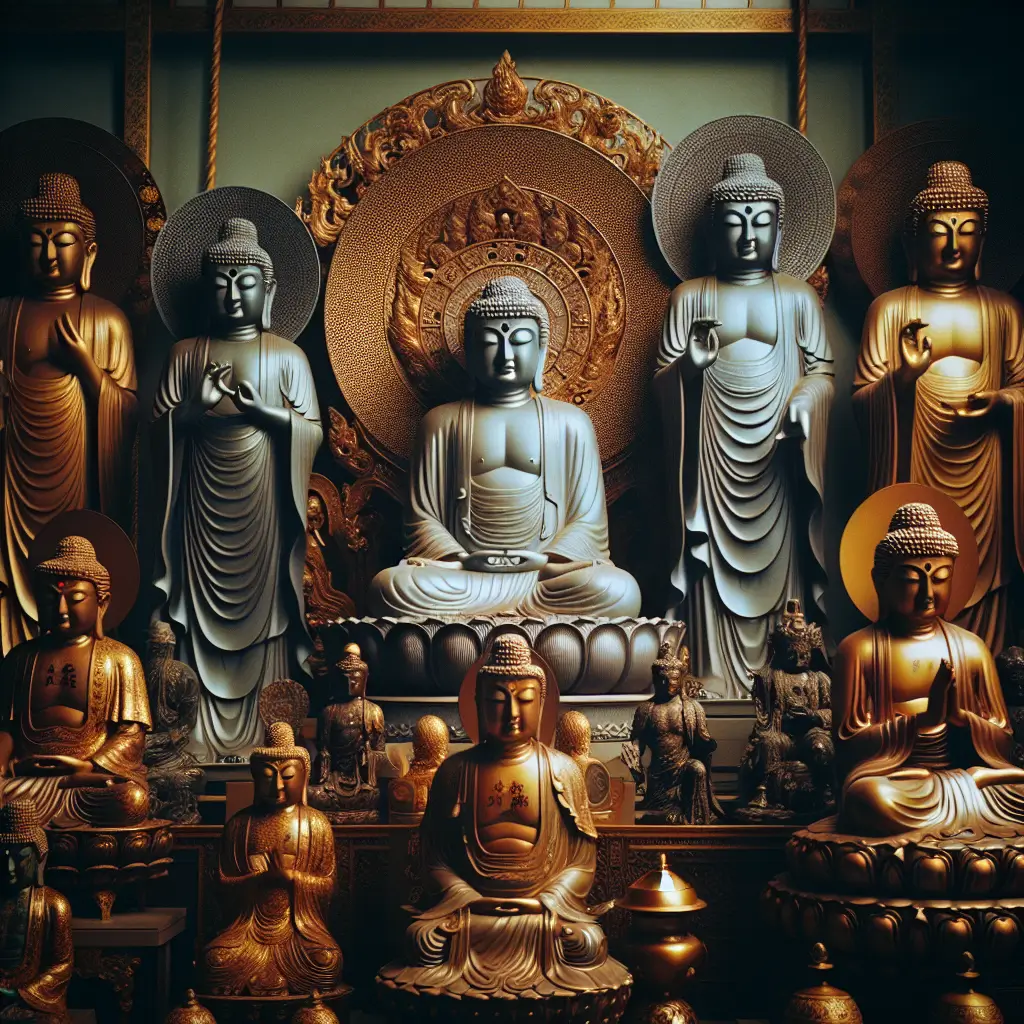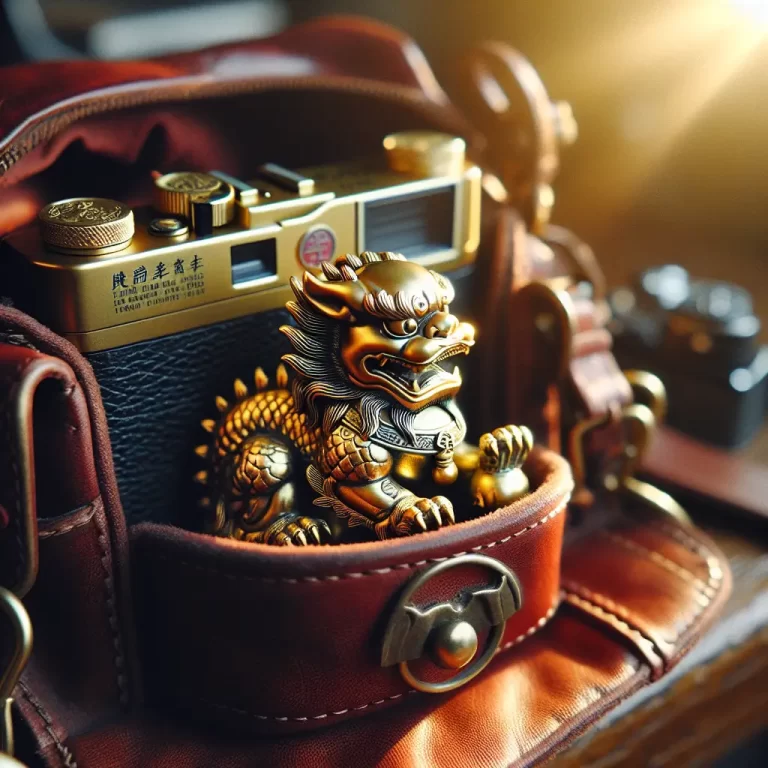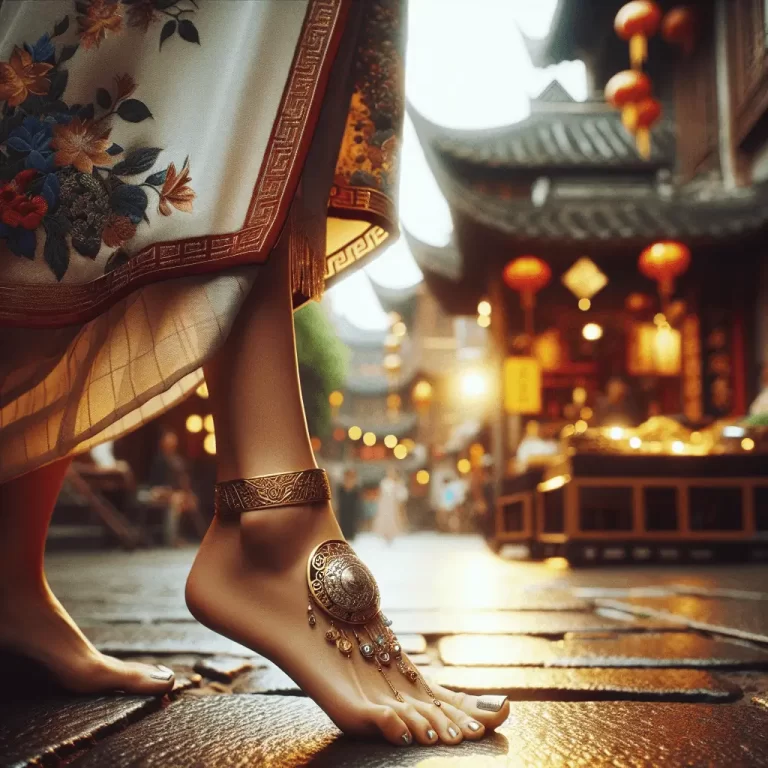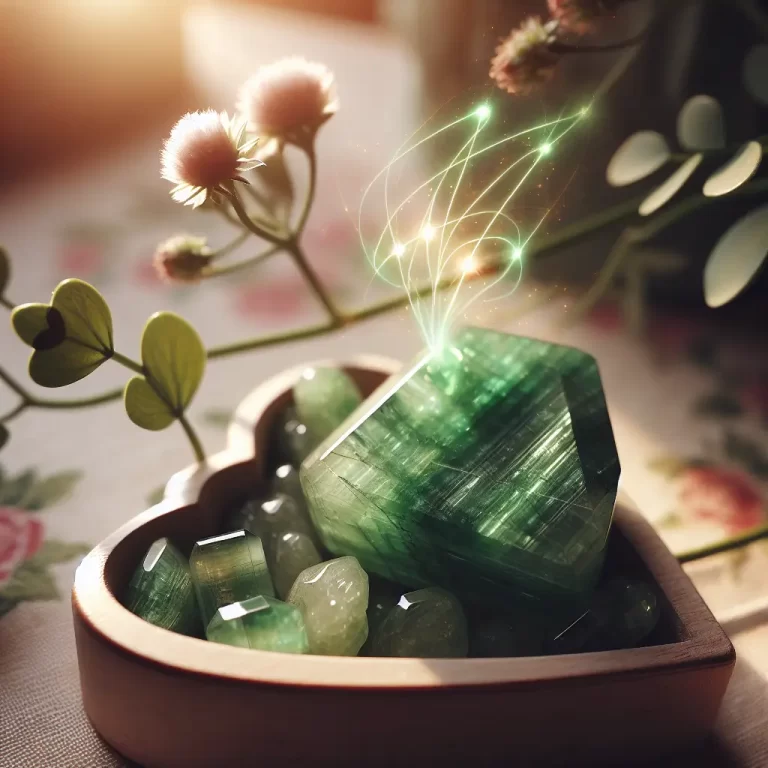Buddha statues are not merely decorative items; they embody deep spiritual significance and are revered across cultures for their representation of peace, enlightenment, and compassion. This article explores the various types of Buddha statues, each with its unique symbolism and meaning, providing a comprehensive understanding suitable for both enthusiasts and newcomers to Buddhist art.
Contents
- The Historical Context of Buddha Statues
- Common Types of Buddha Statues
- The Significance of Mudras
- Cultural Variations
- A Personal Connection to Spirituality
- FAQs About Buddha Statues
- What is the best way to display a Buddha statue?
- Can I buy a Buddha statue for myself?
- What materials are commonly used for Buddha statues?
- How do I choose the right type of Buddha statue?
- What does it mean if my statue has specific colors?
- Conclusion
The Historical Context of Buddha Statues
The term “Buddha” refers to Siddhartha Gautama, who attained enlightenment and became the Buddha. His teachings spread across Asia, leading to diverse interpretations and representations in art. Each type of Buddha statue reflects different aspects of his life and teachings, resonating with various spiritual practices.
Common Types of Buddha Statues
- Sitting Buddha: Often depicted in a meditative posture, the Sitting Buddha symbolizes inner peace and mindfulness. This pose represents the moment of enlightenment under the Bodhi tree, where the Buddha attained profound insight.
- Standing Buddha: This statue portrays the Buddha in an upright position, usually with arms down or raised in a gesture of blessing. The Standing Buddha symbolizes readiness to assist all sentient beings and conveys strength and protection.
- Walking Buddha: Depicted in motion, the Walking Buddha signifies the active pursuit of enlightenment. This pose encourages followers to engage in their spiritual journey actively.
- Reclining Buddha: Representing the final moments before entering Nirvana, the Reclining Buddha embodies tranquility and acceptance of life’s impermanence. It serves as a reminder of the cycle of life and death.
- Laughing Buddha: Often confused with traditional representations of the Buddha, the Laughing Buddha (Hotei) symbolizes happiness, abundance, and contentment. His jovial demeanor encourages letting go of attachments and embracing joy.
- Medicine Buddha: This statue is associated with healing and compassion. Depicted holding a medicine bowl, the Medicine Buddha represents physical and spiritual well-being, offering solace to those in need.
- Amitabha Buddha: Known for his boundless compassion, Amitabha is often depicted seated with hands in specific mudras that symbolize meditation and enlightenment. He represents aspirations for rebirth in a pure land of joy.
The Significance of Mudras
Mudras are symbolic hand gestures that convey specific meanings in Buddhist art. Each type of Buddha statue often features distinct mudras that enhance its significance:
- Dhyana Mudra: Represents meditation and concentration.
- Bhumisparsha Mudra: Symbolizes the moment of enlightenment when the Buddha called upon the earth to witness his awakening.
- Abhaya Mudra: Signifies fearlessness and protection.
Understanding these mudras adds depth to the appreciation of each statue’s meaning.
Cultural Variations
Buddha statues vary widely across cultures:
- Thai Statues: Known for their elegance and intricate designs, Thai Buddhas often depict serene expressions that convey tranquility.
- Tibetan Statues: Characterized by vibrant colors and detailed ornamentation, Tibetan Buddhas reflect a blend of Indian and Himalayan artistic traditions.
- Chinese Statues: Typically feature round faces symbolizing fulfillment. These statues often incorporate elements from Daoist traditions.
A Personal Connection to Spirituality
For many individuals, owning a Buddha statue is more than an aesthetic choice; it is a personal connection to spirituality. These statues serve as reminders to cultivate mindfulness, compassion, and inner peace in daily life.
FAQs About Buddha Statues
What is the best way to display a Buddha statue?
- It is recommended to place a Buddha statue on a raised surface like an altar or shelf to show respect. Ideally, it should face a doorway or window to allow positive energy flow.
Can I buy a Buddha statue for myself?
- While some traditions suggest receiving a statue as a gift for it to hold spiritual significance, purchasing one with sincere intention for meditation or reflection is perfectly acceptable.
What materials are commonly used for Buddha statues?
- Common materials include brass, stone, wood, and ceramic. Each material carries its unique aesthetic qualities and meanings.
How do I choose the right type of Buddha statue?
- Consider what qualities you wish to embody or reflect upon—peace, abundance, healing—and select a statue that resonates with those intentions.
What does it mean if my statue has specific colors?
- Different colors represent various attributes; for example:
- Blue signifies healing (Medicine Buddha).
- Red represents compassion (Amitabha).
- Green symbolizes balance (Amoghasiddhi).
Conclusion
Buddha statues serve as powerful symbols of spiritual teachings that transcend cultural boundaries. Each type offers unique insights into Buddhist philosophy while inviting individuals to reflect on their own spiritual journeys. As you explore these diverse representations, consider how they can enhance your environment and personal growth.
Whether you seek serenity through meditation or wish to embrace abundance in your life, incorporating these symbols into your space can create an atmosphere rich in meaning and tranquility.
Explore our collection at Feng Shui Bliss for beautiful spiritual jewelry and accessories that resonate with your journey toward peace and enlightenment.







